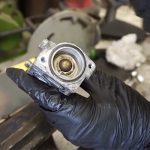Manufacturers use Diagnostic Trouble Codes (DTCs) to indicate problems with the car’s systems. P2649, which is specific to Honda vehicles, is one of these DTCs.
It indicates a problem with the performance of bank 1 of the rocker arm actuator control system. Oil flow to the rocker’s arm is controlled by a solenoid valve called a valve lifter or rocker arm oil control solenoid valve.
Failure to address an oil supply interruption may result in excessive valve lifter or rocker arm noise, misfires, and, ultimately, engine damage if not addressed. The purpose of this article is to discuss the meaning of P2649 and what actions to take when it appears.
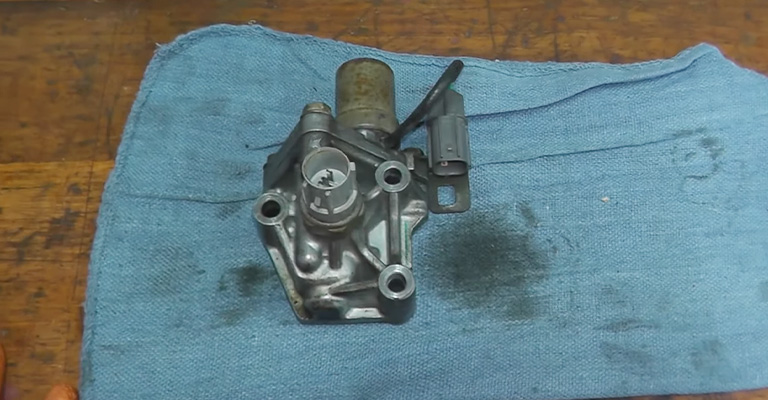
P2649 OBD-II: “A” Rocker Arm Actuator Control Circuit High
Providing hydraulic pressure to the Variable Timing mechanism is the Rocker Arm Control Solenoid. Consequently, valve timing can be adjusted as required by the Variable Timing System.
The engine control module (PCM) will set code P2669 when the Rocker Arm Control Solenoid does not return the correct voltage. In the actuator circuit, there is a short to power.
Honda vehicles use VTEC systems that use engine oil to link a normally inactive rocker arm on the intake camshaft with an active rocker arm on the exhaust camshaft.
Unlike conventional VVT systems, which use actuators to rotate camshafts relative to a fixed reference point, VTEC systems use engine oil pressure to link a normally inactive rocker arm with an active rocker arm.
As a result of this action, an additional intake valve operates, improving the mixing of air and fuel, which improves combustion.
To determine if VTEC can be activated at a certain engine speed above a predetermined RPM value, the PCM uses data from engine and drivability sensors such as:
- The Throttle Position Sensor,
- Throttle Pedal Position Sensor,
- and Mass Airflow Sensor.
If operating conditions are deemed suitable, the PCM will command the oil control solenoid to open, which will allow pressurized engine oil to act on a locking pin to lock an inactive control arm to an active rocker arm, thus enabling the addition of intake valves to each cylinder.
A PCM deactivates the system by reversing the position of the oil control solenoid to release the pressure on the locking pin so that it can retract with spring tension. All cylinders will again operate with one active intake valve once the locking pin is retracted, restoring normal valve train operation.
Note:
In spite of the fact that P2649 is a generic trouble code, most of its applications are for Honda vehicles equipped with the VTEC (Variable Timing and Electronic Control) systems.
To improve the volumetric efficiency of the engine under certain operating conditions, some engine valves are activated or deactivated by engaging/disengaging rocker arms so that certain engine valves are activated or deactivated.
Common Problems That Trigger the P2649 Code
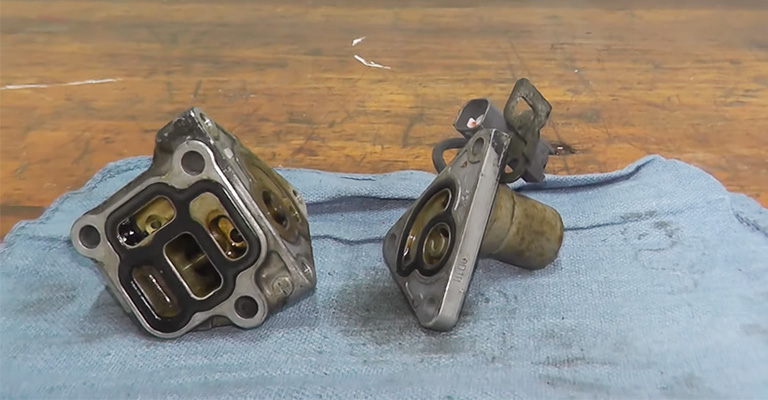
- There is a short circuit in the connection to the actuator or the actuator itself.
- The ECM sets the code in memory when it detects a short circuit signal from the rocker arm actuator on the ‘A’ side. The engine light will then illuminate.
- There is too little oil in the engine.
- Failure of the Powertrain Control Module (PCM).
- Failure of the oil pressure solenoid on the rocker arm.
- There is a wiring problem.
P2649 Symptoms
- The performance of the engine has been reduced.
- Fuel consumption has increased.
- There will be an illumination of the Check Engine Light.
- If the valve positions of the two banks of the engine are different, the engine may not run smoothly.
- Power may be affected, or the engine may run erratically.
How Does A Mechanic Diagnose The P2649 Code?
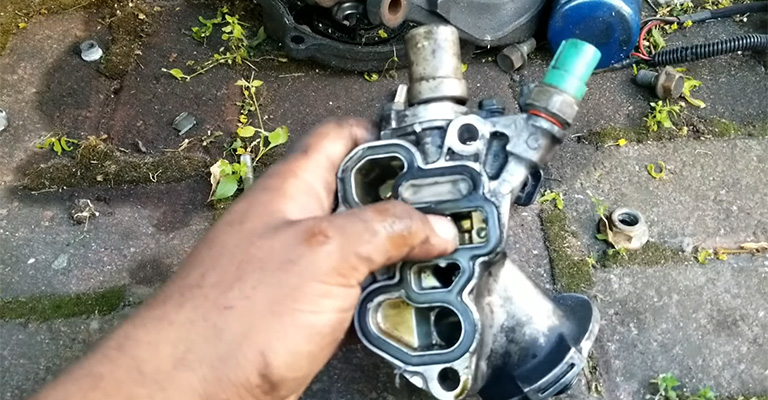
- To determine if the failed actuator or wiring has been shorted to power, the mechanic performs the manufacturer’s pinpoint test on the rocker arm actuator.
- Checks that the actuator’s wiring and connector are in good condition.
- Views freeze frame data for codes that are scanned and documented in the ECM.
Common Mistakes When Diagnosing The P2649 Code
- Replacement of parts when the ECM return circuit wiring is shorted
- Leaving ECM codes uncleared after repairing a system
- Replacing the actuator without ensuring the circuit or actuator is shorted
What Repairs Can Fix The P2649 Code?
- Actuator replacement for rocker arm ‘A’
- Wiring harness or actuator connector repair
- Isolating faults in the system following the manufacturer’s pinpoint test
How Serious Is The P2649 Code?
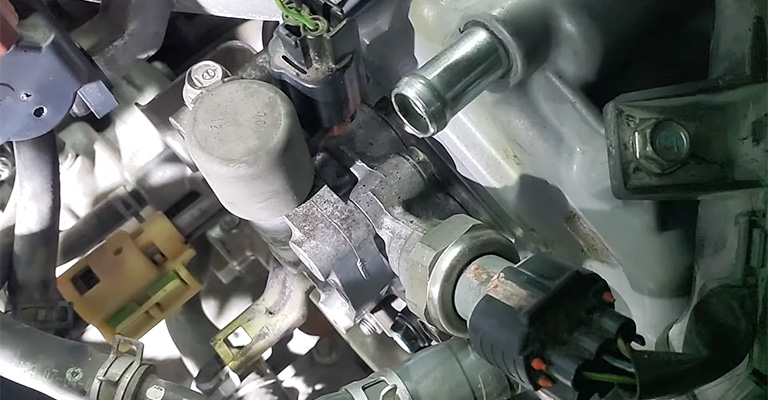
An engine with code P2649 will run erratic and have power loss issues because of the ‘A’ rocker arm control circuit.
What Is A Rocker Arm Actuator Honda?
Oil pressure is controlled by the rocker arm actuator, which controls the flow of oil between critical upper engine components.
What Happens If You Don’t Fix A Rocker Arm?
If you don’t fix a malfunctioning rocker arm in your vehicle, it can lead to a range of problems and potential damage to your engine. Some of the consequences of not fixing a rocker’s arm include the following:
- A faulty rocker arm can cause excessive engine noise, including ticking or knocking sounds.
- A malfunctioning rocker arm can cause engine misfires, reducing performance and fuel efficiency.
- Over time, a damaged or worn-out rocker arm can cause additional wear and tear on other engine components, potentially leading to engine failure.
- A faulty rocker arm can negatively impact engine performance, causing a loss of power or acceleration.
Final Words
There aren’t many vehicles with P2649 codes because most cars don’t have actuators for their engine’s rocker arms. A short circuit is most often caused by a failure of the actuators.

